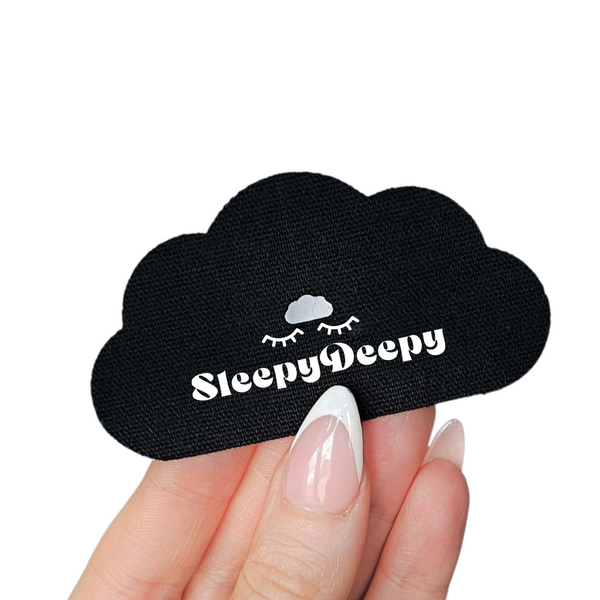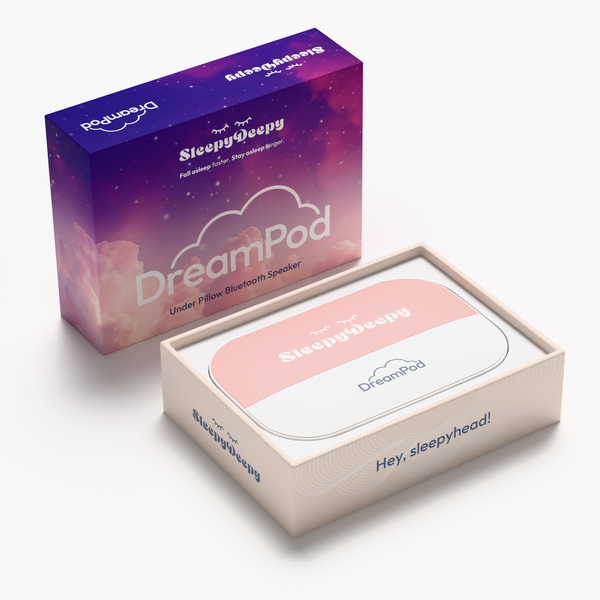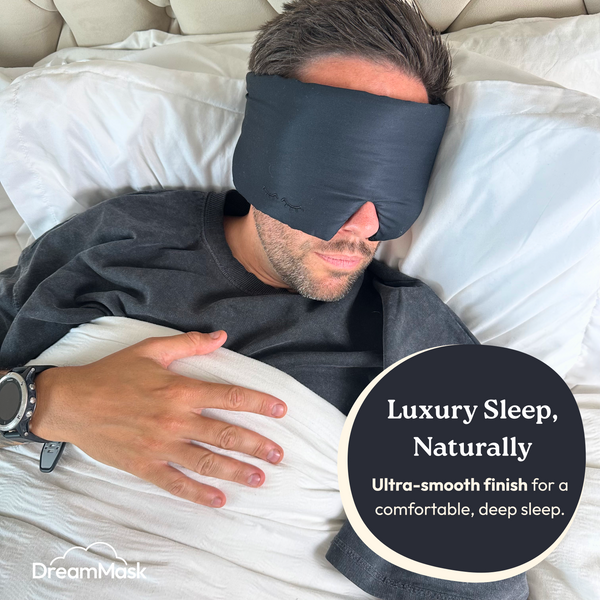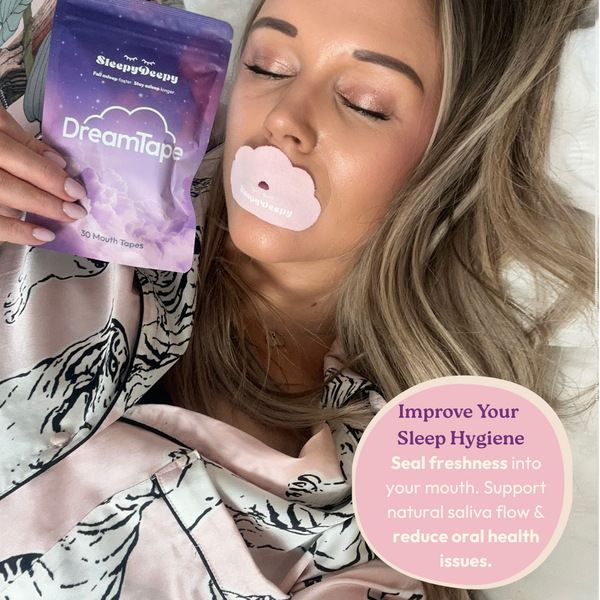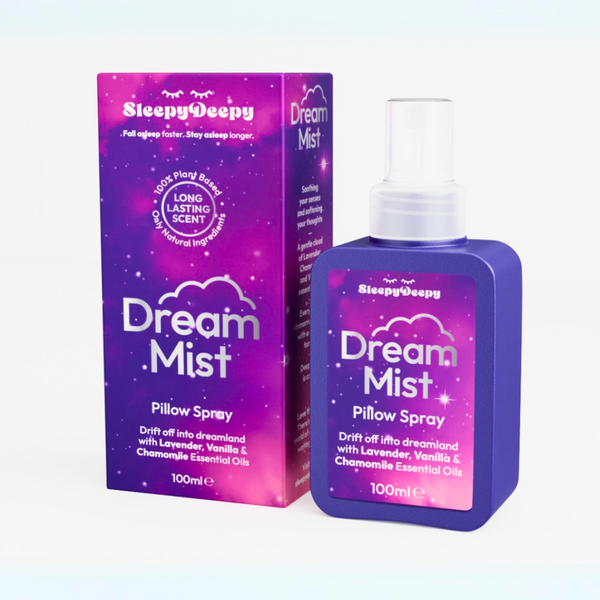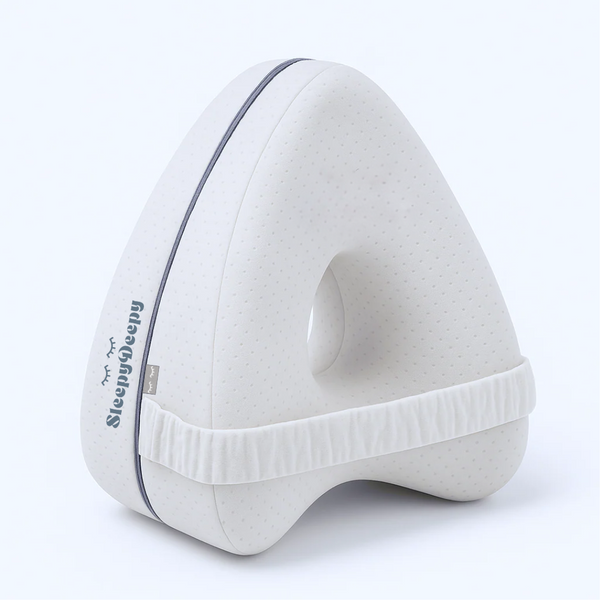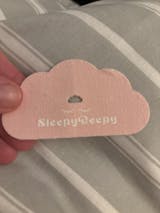Search it on social and you’ll find millions of views. Devotees swear by it for deeper sleep and fresher mornings. But what exactly is it – and more importantly, is it safe?

What Is Mouth Taping?
Mouth taping is the practice of placing a small, skin-safe strip of tape over your lips before bed to encourage nasal breathing while you sleep.
The idea is simple: by gently keeping your lips closed, your body is guided to breathe through your nose – the way nature intended. While the concept sounds new, nasal breathing has long been recommended by sleep-aware dentists, coaches, and clinicians for its benefits to oxygenation, recovery, and rest.
Done properly with a product designed for sleep – like DreamTape – it’s surprisingly comfortable.
Why Mouth Breathing Can Be a Problem
- Dry mouth and sore throat in the morning – saliva dries out overnight.
- Snoring due to vibration in relaxed throat tissues.
- Poor oxygen exchange, which can reduce sleep quality and morning energy.
- Restless sleep, as mouth breathing can keep the body in a lighter, more alert state.
- Oral health niggles like gum irritation and bad breath.
Mouth breathing also bypasses the nose’s natural filtration and humidification. Your body ends up working harder to maintain balance while you rest.
The Benefits of Nasal Breathing
- Air is filtered and humidified, protecting the airways.
- Nasal breathing supports nitric oxide release, which helps blood vessels dilate and improves oxygen delivery.
- It’s easier to slip into the parasympathetic (rest-and-digest) state.
- Less snoring and fewer wake-ups.
- Calmer, clearer mornings.
In short, nasal breathing signals safety to the body. Mouth taping simply reminds your system to do what it does best.

Is Mouth Taping Safe?
Safety depends on how you do it and what you use. Follow these principles:
- Use the right tape. Skip household tapes. Choose hypoallergenic, low-tack tape made for skin and sleep – like DreamTape.
- Breathable by design. Proper mouth tape doesn’t create an airtight seal. DreamTape is breathable and encourages nasal breathing rather than blocking airflow. It has a gap in the middle and you could easily blow a candle out through this gap.
- You stay in control. Gentle adhesive means you can remove it instantly if you feel uncomfortable. You can even break it off by simply opening your mouth wide.
- Avoid when congested. If you have a cold, sinus infection, or blocked nose, wait until you can breathe clearly through your nose again.
- Check with a professional if needed. If you have diagnosed sleep apnoea, breathing disorders, or concerns about restricted breathing, or any heart problems speak to a clinician first.
Used responsibly, mouth taping can be a gentle way to retrain breathing habits – but it’s a tool, not a rule.
Why DreamTape Is Different
We designed DreamTape to feel safe, comfortable, and effortless:
- Ultra-soft, breathable material that moves with your lips.
- Hypoallergenic, low-tack adhesive that holds through the night yet peels away easily.
- Vented centre design that allows gentle airflow for extra peace of mind.
- Subtle look – calm, minimal, and sleep-friendly in a fun cloud shape.
How to Try Mouth Taping Safely
- Test while awake – place a strip over closed lips for a few minutes to get used to the sensation.
- Start small – try a short nap or half the night first.
- Clear the nose – a quick saline rinse or deep nasal breaths before bed helps.
- Create a routine – pair with DreamMist Pillow Spray or drift off with gentle audio on the DreamPod pillow speaker.
- Remove immediately if you feel congested or uncomfortable.

Real Experiences



Final Thoughts: Restoration, Not Restriction
At first glance, mouth tape sounds like the strangest sleep hack of all time. In reality, it simply helps your body do what it was built to do – breathe calmly and efficiently through the nose.
It’s not about forcing your mouth shut. It’s about inviting better breathing, deeper rest, and calmer mornings. Yes – mouth taping can be safe when done properly. With DreamTape, it’s also surprisingly gentle.
Try DreamTape
DreamTape by SleepyDeepy – made for dreamers who take sleep (and breathing) seriously.
Disclaimer: This article is for general information only and isn’t medical advice. Don’t use mouth tape if you’re congested, unwell, or have breathing-related conditions without consulting a healthcare professional.

